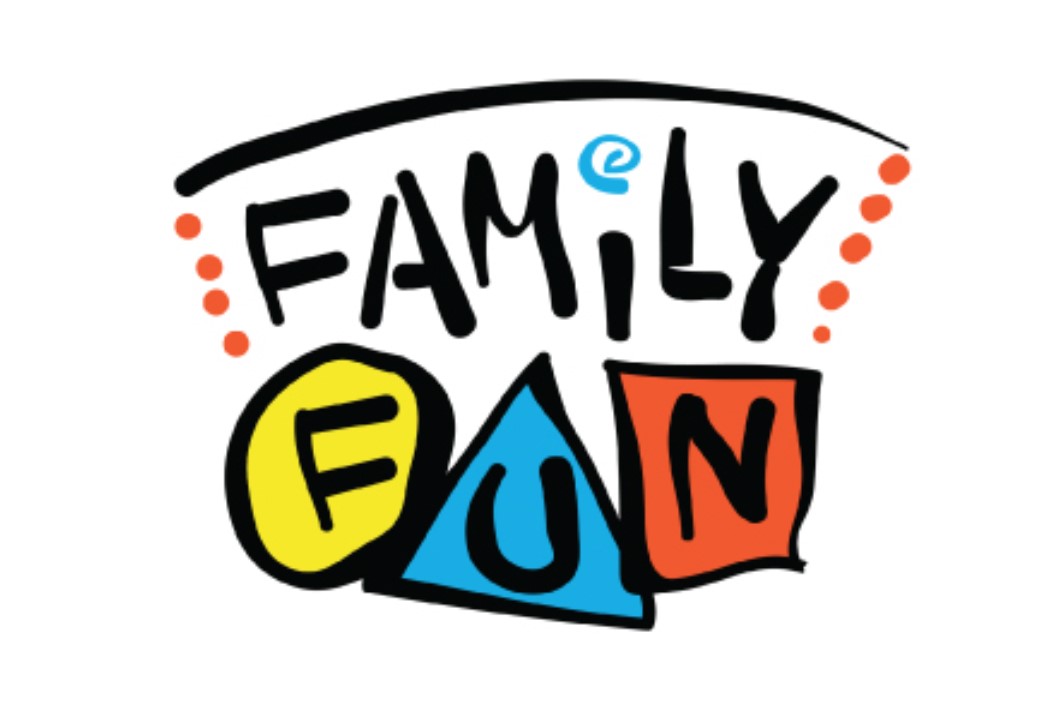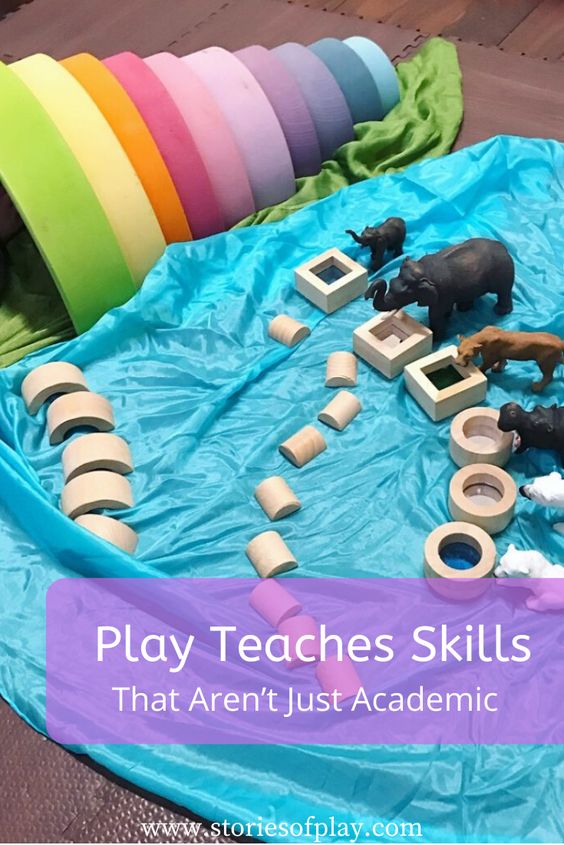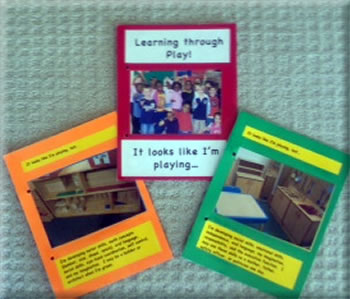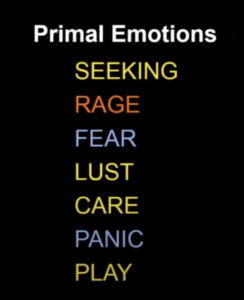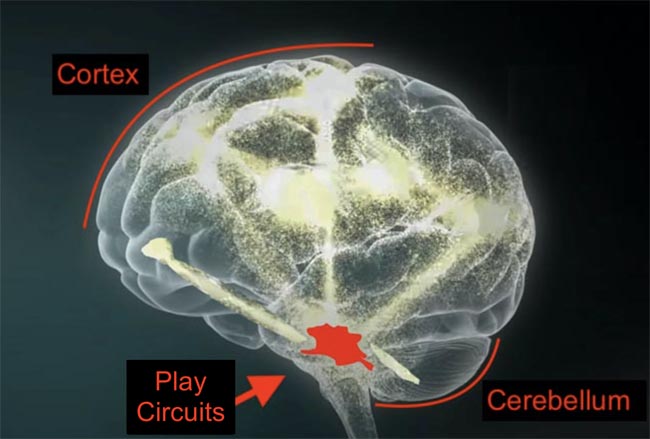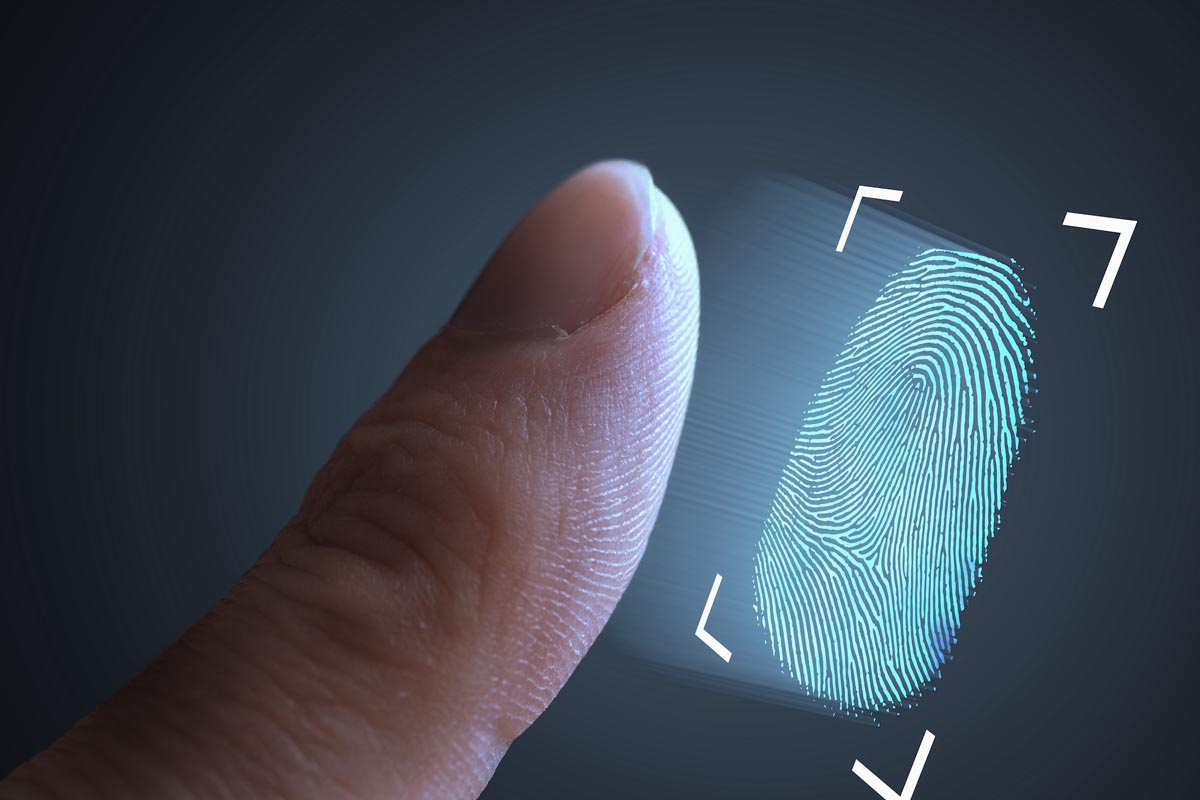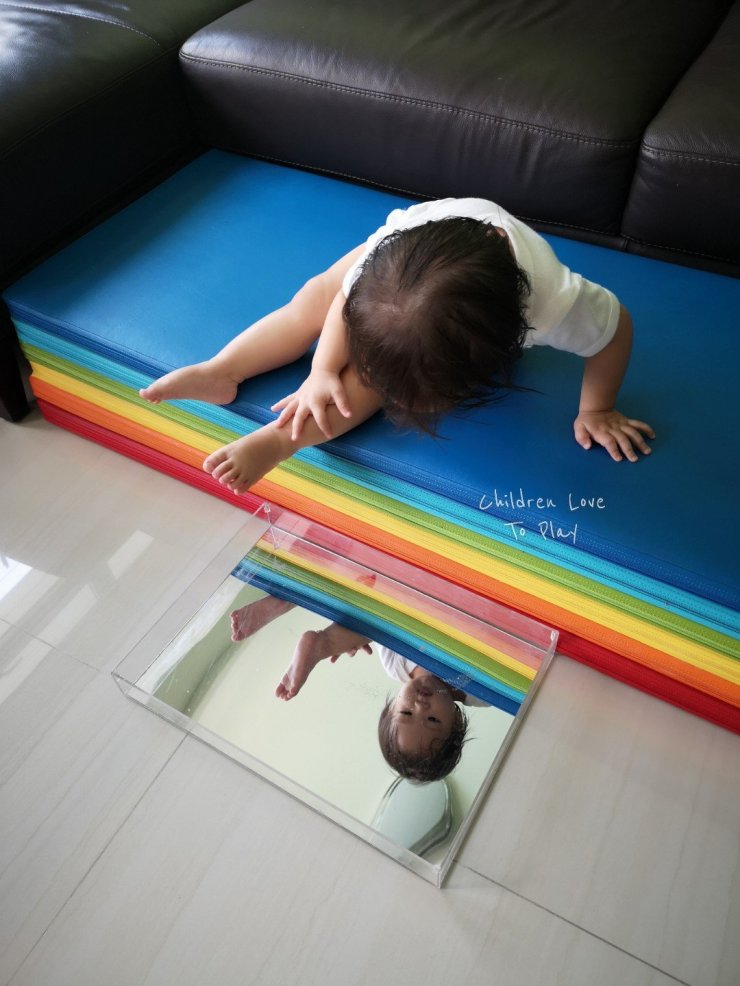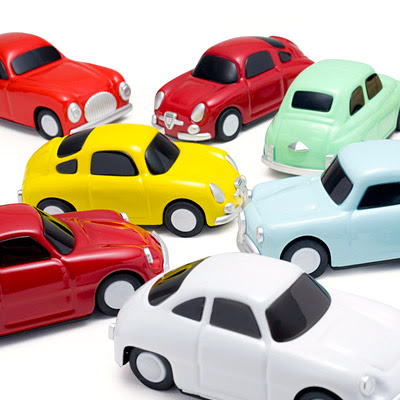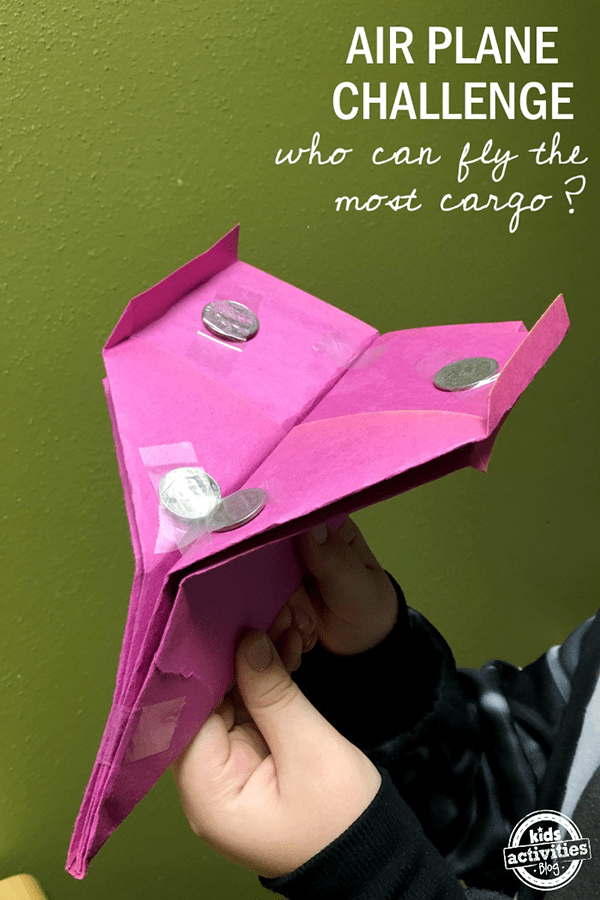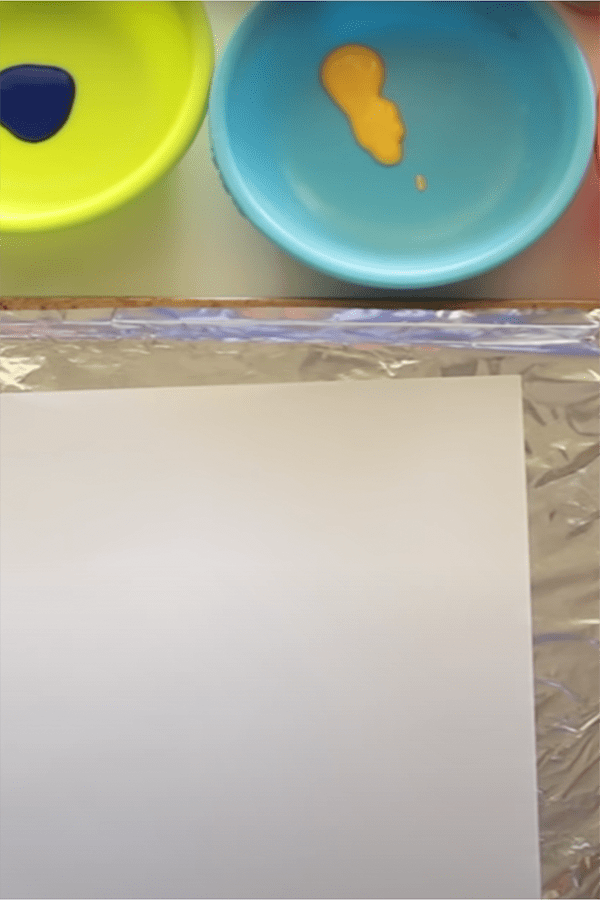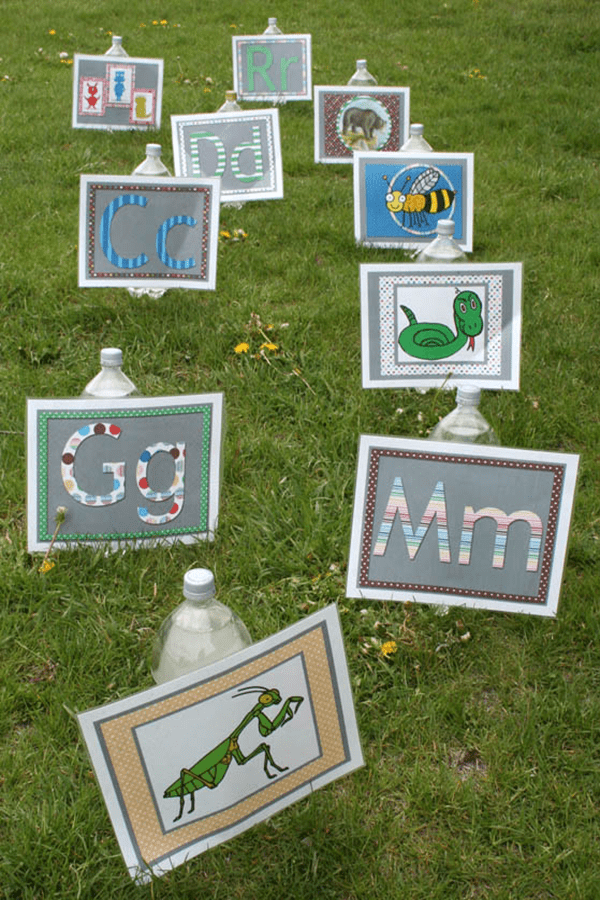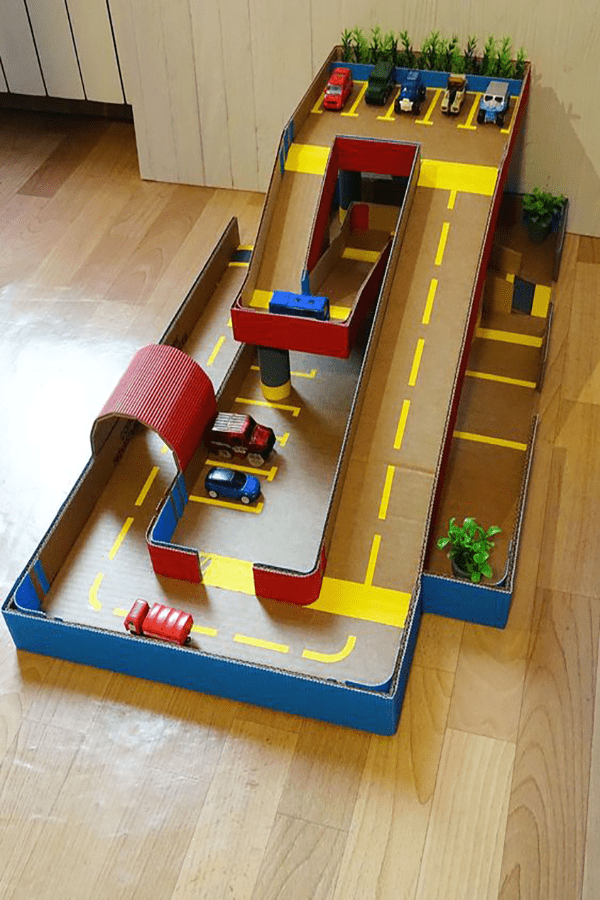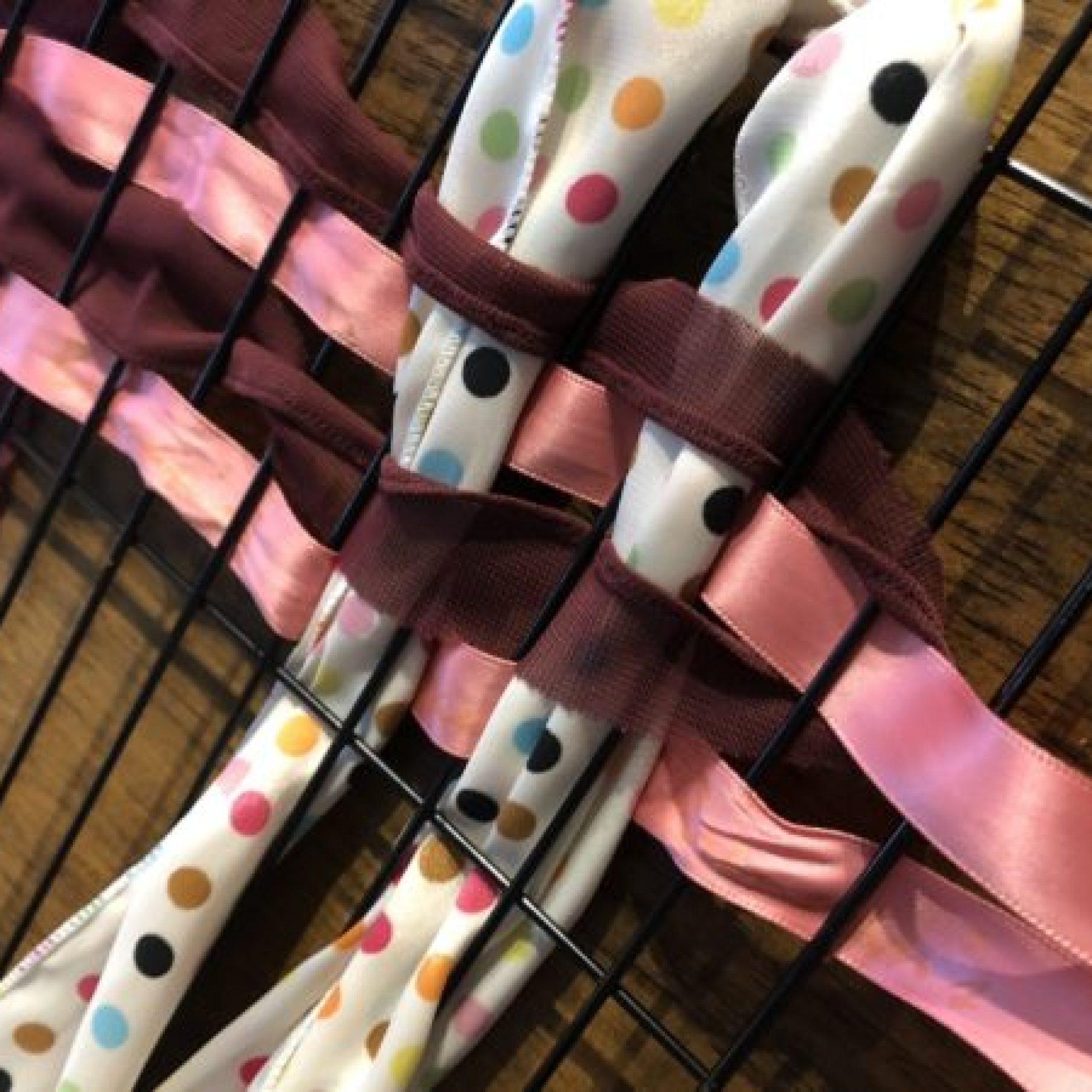Instinctive urges to play
During my experience as an early childhood teacher and parent, I have often been fascinated by the way children play. During my observations, I have noticed different stages of play as well as universal “themes” or patterns to the way that children play.
Perhaps you have noticed them too?
Infants seeming compelled to play “Ta” or to post things.
Toddlers obsessed with climbing, tipping and throwing or filling bags, buggies and trolleys with bits and pieces and moving them around the play space.
Young children fascinated with building, jumping, mixing or connecting things with string and sellotape.
If you too have noticed this then chances are that you have been observing a play urge or a schema.
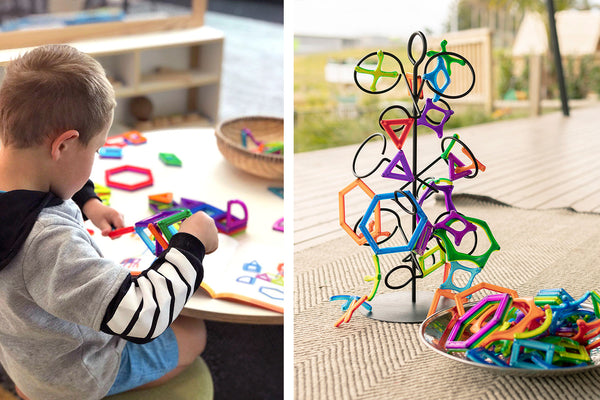
What is a Schema or Play Urge?
In the simplest of terms, schema or play urges are repeated actions and patterns in children’s play linked by “common threads of thought”- Nutbrown, 2006
If you think back to your training, you might remember learning about this during a module on human development when you looked at Jean Piaget’s theory of cognitive development.
Piaget defined schema as “a set of linked mental representations of the world, which we use both to understand and respond to situations.”
This is vital to the way children’s brains develop.
Children experiencing an environment where they develop working theories for making sense of the natural, social, physical and material worlds.Exploration – Te Whāriki, 2017.
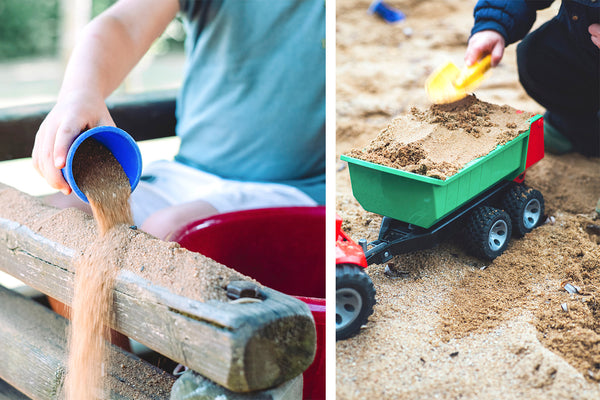
These play urges are innate in nature and universal – children all around the world play in similar ways and display similar types of play. These schemas are the basic building block of intelligent behaviour – a way of organising knowledge and can be described as the “urge” children have to do things like climb, throw things and hide in small spaces. It is how children test out ideas and make sense of the world around them.
These urges need to be repeated multiple times until they “assimilate” the new information and cement this working theory as a new brain connection.
Schemas are evident in all stages of our development and build in complexity and we combine them over time. In order for us to be efficient, productive human beings, our brains need to learn how to do certain things automatically in order for us to complete a complex task such as for example driving.
If you do drive or you are learning to drive, I bet it was at times confusing and frustrating when you were learning how to use the pedals, the gear shift and steer at the same time. I bet that it took many repetitions and lots of time to get to a stage where you did certain parts of driving without thinking about them. With our children the same is true, they need to repeat certain actions many times to reinforce neural pathways and build a strong, complex brain capable of problem-solving, creating and thinking.
Noticing the Play Urges of the Children in Your Setting
Some play urges are really obvious. You might have a child in your setting who is fascinated with wheels or is always pushing something around. You might have a child who spends most of their time in the block area building, or a child who spend hours connecting bit of paper with Sellotape and glue.
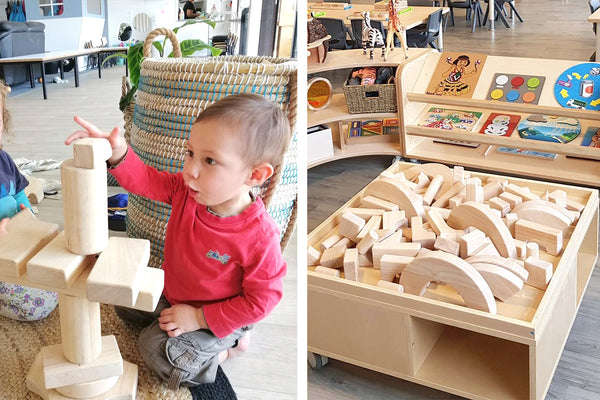
In my experience as a SELO provider and a facilitator for teacher professional development, I work closely with centres on their assessment, documentation and planning. More often than not I have noticed that teachers seem to focus exclusively on the interests of the child when identifying the learning that has been happening in the learning story.
I have often asked why? Knowing the interests of the child is an important aspect of curriculum design. Could this be because interests are easy to see and easy to plan for?
However, when we focus all our attention on interests this is only half the picture and we only scrape on the surface of what is really happening, and it can be misguiding. Sometimes the learning dispositions or children’s play urges, “the intellectual content of children’s play” (Van Wijk, 2019) can go unnoticed.
For example: Ali enjoys playing in the family corner. Her teachers have noticed that she likes to wrap up the dolls and put them in the boxes. She also likes to take the sink out of the play kitchen and then climb into the cupboard through the hole left by taking out the sink.
If we are looking at this learning through an “interest” lens, we might think that Ali is interested in family play as she spends a lot of her time in the family corner. However, if we look at her play through a “play urge” lens we might notice that Ali is working with the schema of enveloping and enclosing.
If we observe her in other areas of the centre, we might notice other types of enveloping/enclosing types of play. Ali might cover the animals with playdough at the playdough table or cover her body in the sandpit. We can’t know with absolute certainty what children are thinking, but when we notice these patterns, we are able to plan for and respond to what children are exploring and thinking about in a more meaningful way.
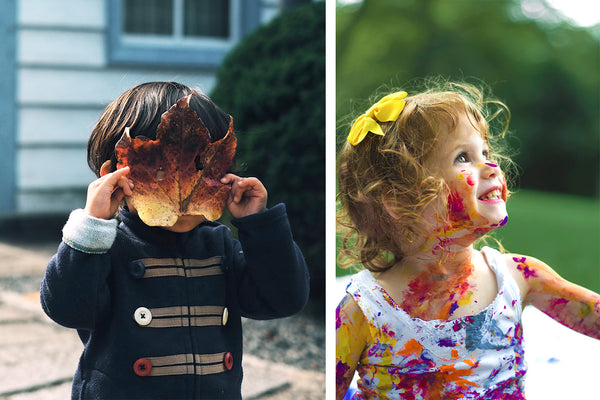
Planning for Play Urges
These urges which defy logic and are compelling for children can often be annoying and frustrating to us adults. It is however important to see these as the way children learn and not as bad behaviour. We need to learn how to understand and respond to these urges. This often requires us as the adults to change our approach or adapt the environment to support the children in our settings.
“If we recognise the scientist in all of this, we won’t see the child as stubbornly resisting us.”- Brownlee, Crisp, 2016.
Some of the common play urges that you may encounter are:
Transporting
Trajectory
Orientation
Positioning/patterning
Connecting
Enclosing/enveloping
Rotation
Transformation
Balancing
Chasing
Wrestling
Climbing
Posting
Gathering
Constructing
Deconstructing
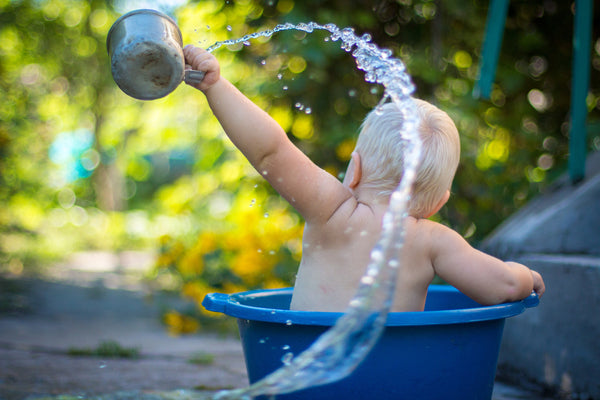
You might ask yourself how can I respond to children’s play urges in a meaningful way?
Here are some ideas:
Find out more
As mentioned above, some of these schemas or play urges can be a bit more difficult to pin down. Sometimes our intentions, interpretations and understanding can be way off base.
If you have a hunch or you are unsure, undertake further investigation. Spend more time purposefully observing the child’s play, have conversations with the child, other teachers or the child’s whānau.
Free Play
Humans develop holistically and uninterrupted free play is the perfect vehicle for developing and strengthening brain connections and for our budding scientists to try out their working theories. Make time and space for the children in your setting to have uninterrupted play, free of adult routines and agendas.
Play is interactive and complex learning and allows children to integrate and to test out their play urges across all learning contexts.
Real Experiences
Authentic real-life experiences are rich learning opportunities for children. Things like pottering in the garden and helping with food preparation allow children to be immersed in the culture of the setting and give them a sense of how they fit in the world. Everyday life is full of naturally occurring and reoccurring learning opportunities.
Toddlers are active, curious and seeking to make sense of their world. They enjoy testing limits, causes and effects as they develop and define their working theories. Kaiako support them by being attentive to their interests and providing opportunities for both new and repeat learning opportunities. Te Whāriki, 2017.
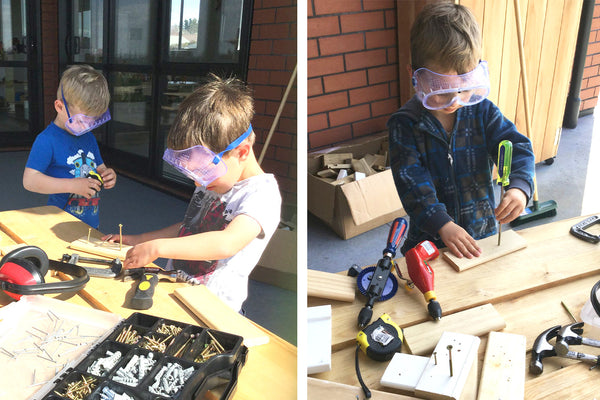
Authenic Materials
Providing an environment rich with open-ended, loose parts and materials allows children to readily co-opt these resources to fit in with what ever they are working on.
For example, if you were planning for a child who is investigating enclosing themselves by building huts you might ensure that there were large boxes or pieces of fabric of various sizes or blocks and other materials in the environment.
Or if you were responding to a play urge of a child who was interested in transporting, you would ensure that there were loose parts such as blocks, shells or bottle tops to transport as well as bags, baskets, trolleys, buggies etc. in the environment to transport with.
The “Yes” Environment
Just as some of the play around play urges can confound and frustrate us. Saying “No” and having their play policed can be frustrating and disempowering for our children as well as stressful to us teachers. Think about how you can create an environment where there is less “No” and more “Yes” for the children in your space. I have included some reflective questions below to get you started.
I never teach my pupils, I only attempt to provide the conditions in which they can learn. - Albert Einstein.
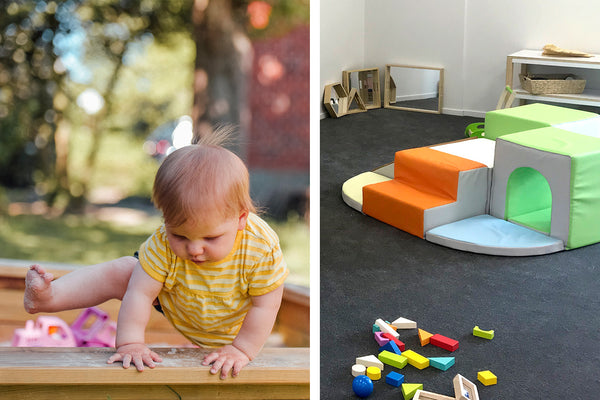
Questions for Further Reflection:
I invite you to reflect on your interactions with the children in your space.
How often are you saying “No” to the children in your space when it comes to their play?
Now take a look around your environment, does the environment and the things in the environment allow children to play without adult interruption or intervention?
Does the environment meet the learning needs of the children in your setting?
Is your learning environment truly the third teacher?
Perhaps you might need to pack some things away, move things around or introduce more materials or loose parts?
Where could you start?
